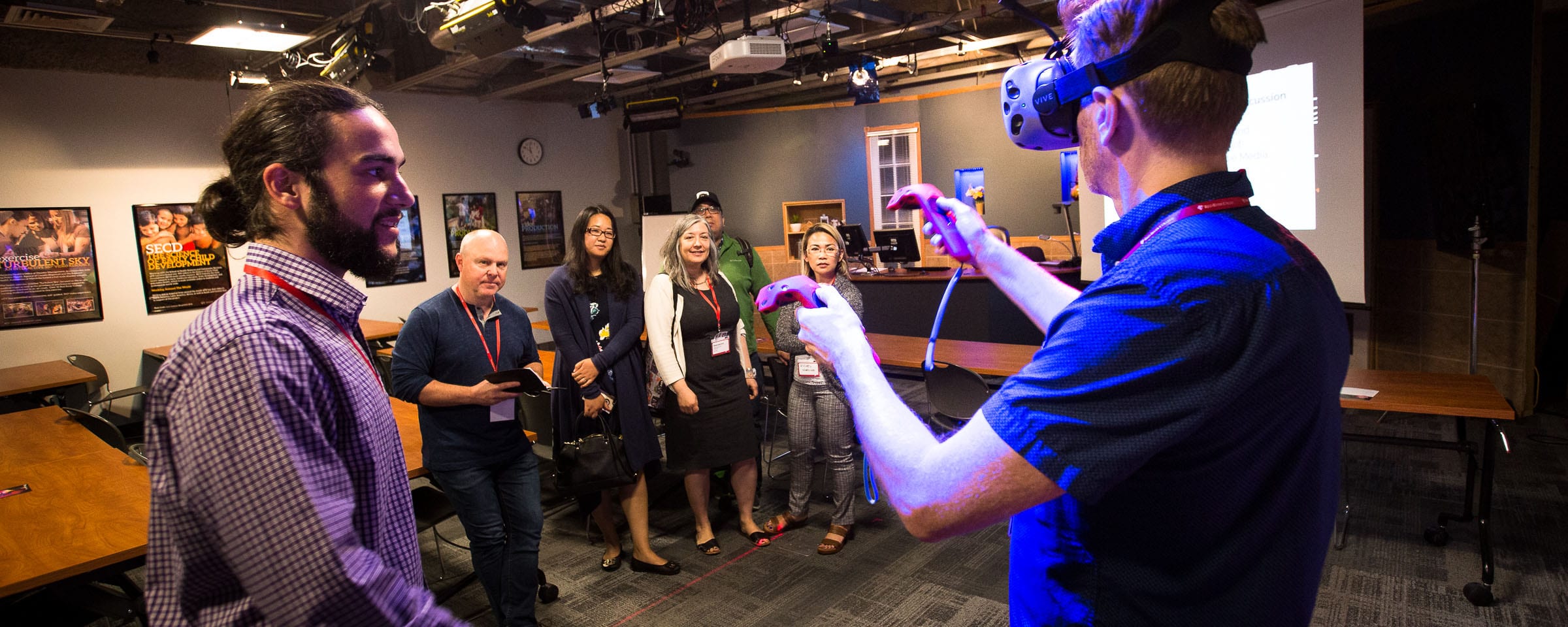Principles of Microvideo
Microvideo is a model of media creation for blended and online courses that gives the power to the subject matter expert or instructor. You don’t need a big studio or expensive cameras – all you need is a webcam and a topic.
Examples of Microvideos include:
- using a document camera to capture solving a math problem on paper
- using a webcam to record a welcome message for a unit of content
- using a document camera to show the manipulation of small objects like thermostats, tools, etc.
- capturing your computer screen with a program like Camtasia to show how to interact with software
- building engaging interactions with off the shelf software
- and many many more!
The TLTC has developed some simple principles that can guide you in the creation of Microvideo. If you’re interested in learning more about how the TLTC can help you to create your own Microvideo at Red River College please contact us at learn@rrc.mb.ca.
Principles of Microvideo:
1. Single Topic Short Videos
- People have short attention spans. Long videos will lose their attention. Break your videos into small chunks of 5 minutes apiece that cover a single topic.
2. Many Takes One Shot
- There can be many takes, but the final version must be one shot. If there is a problem during a take it is fixed by doing another take until it’s correct.
3. No Editing
- The video will not need to be edited once it is shot – video and audio must be recorded at the same time. If it’s not right, reshoot.
- Do not put info into the video that will likely change. There should be no references to the textbook used, the course the content is going into (because it could be repurposed for another course), the sequence of the videos (don’t refer to yesterday’s video, make each video standalone), the module or lesson that the content is going into (because its location could change), or the day on which the video is being shot.
4. Plan Ahead
- Planning saves time. Prepare an outline and practice out loud what you’re going to record before the shoot. Try to shoot more than one video at a time. Find a time and location where you will be undisturbed. If you need help from other people ask for it well in advance.
Click here for a Microvideo Planning Document that will help you plan out your Microvideo creations!
